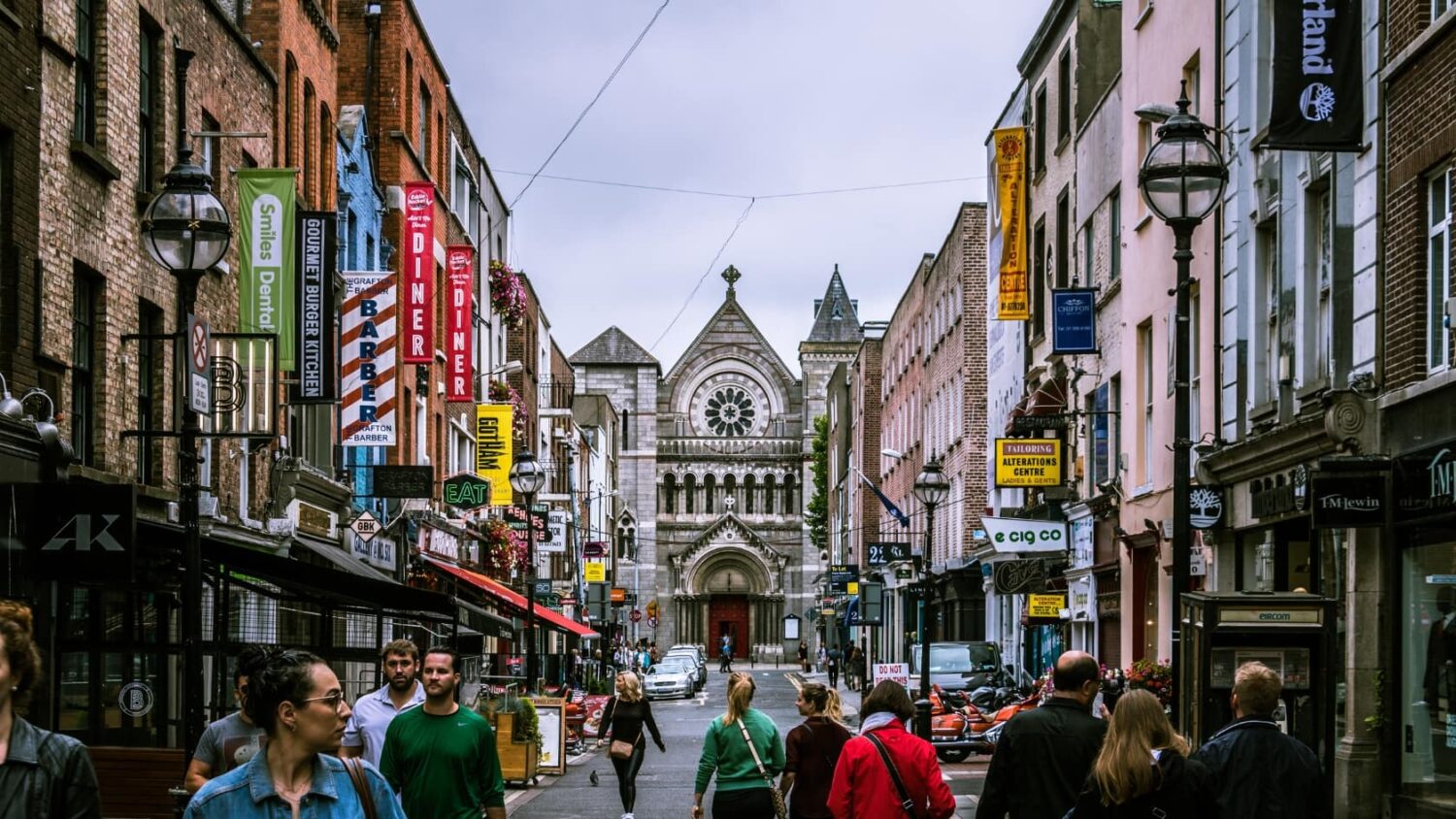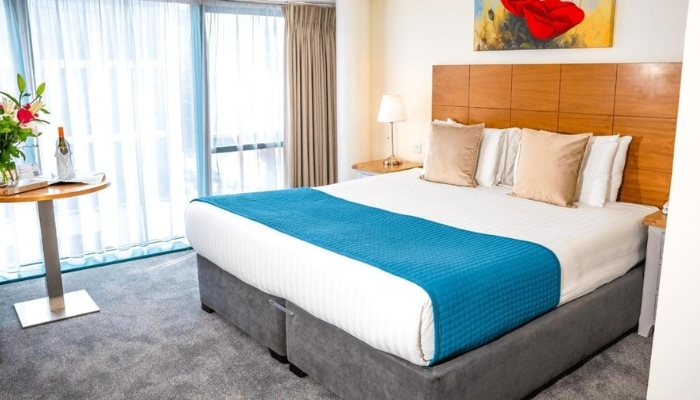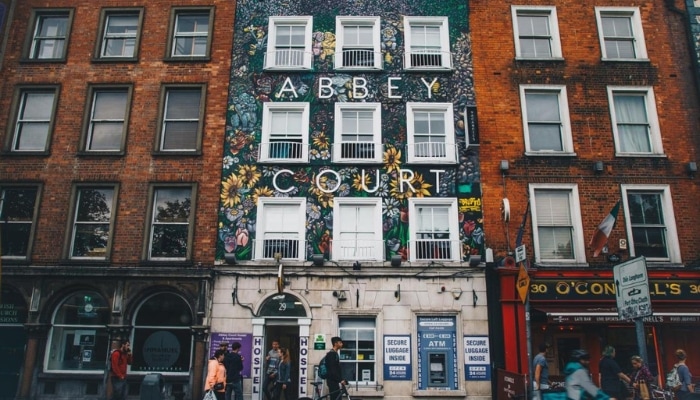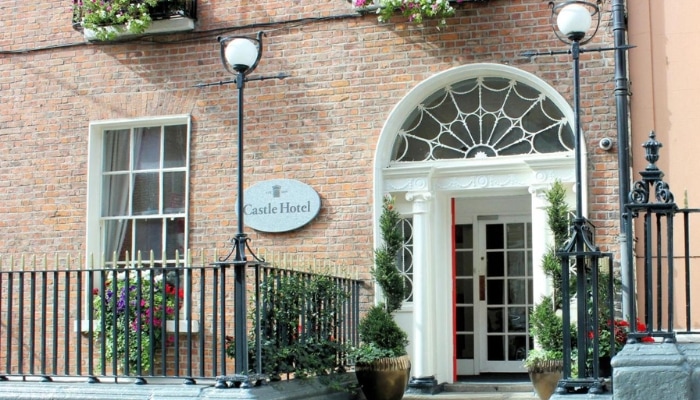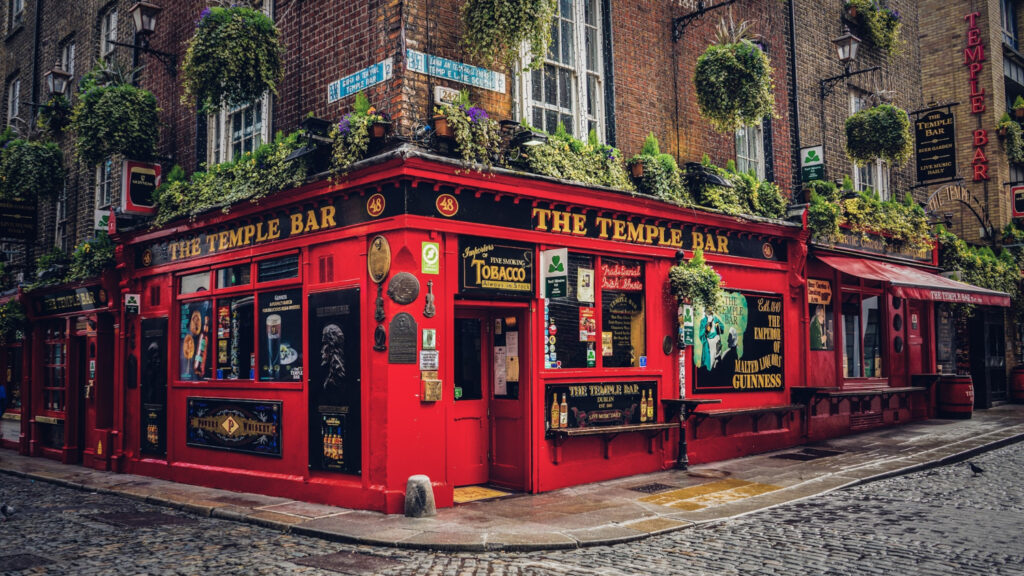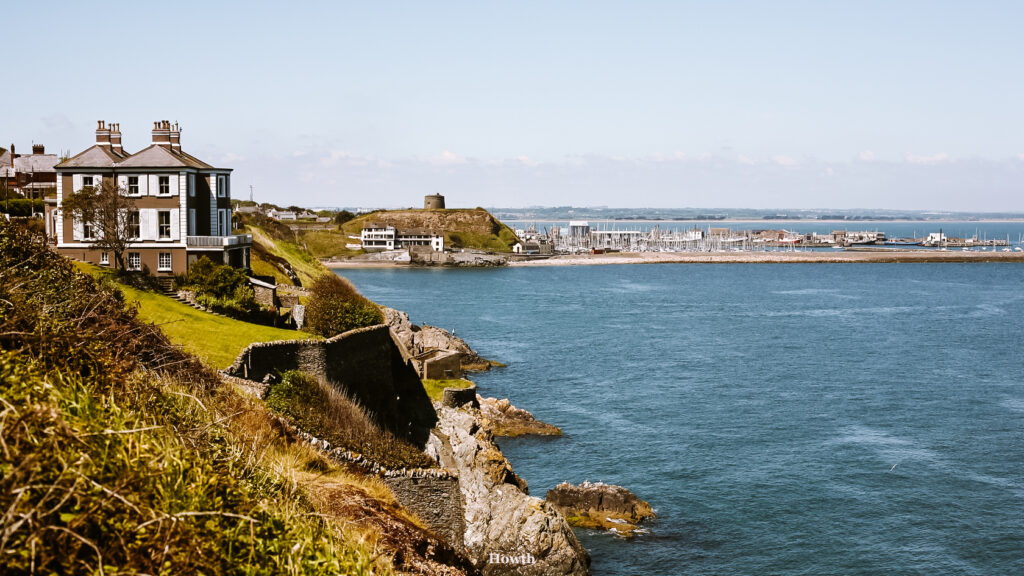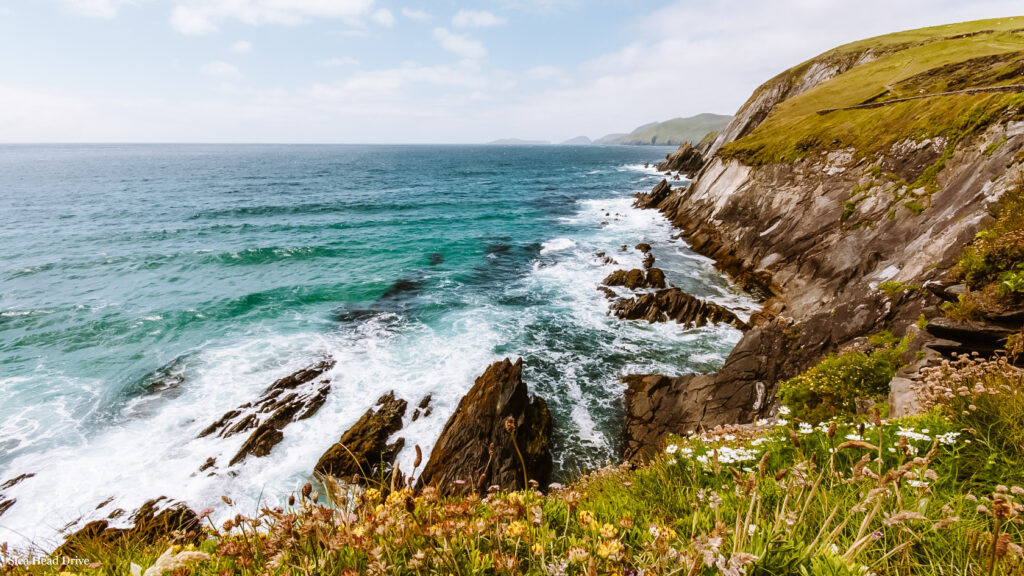Dublin is one of my favourite places in Europe. With its long history, traditional pubs and friendly locals, it is a town that will charm almost everyone. How does the transport work here, how to get from the airport to Dublin city centre or how does public transport and ferries work in Dublin? We’ll cover everything in today’s article.
How to get to Dublin
Flights to Dublin
Ireland is an island, so you have to rely mainly on air travel. Dublin can be reached by plane from most major European cities. Check out flights tickets to Dublin at this link.
Dublin International Airport is located north of the city. It has 2 terminals and the signage makes it easy to find your way around.
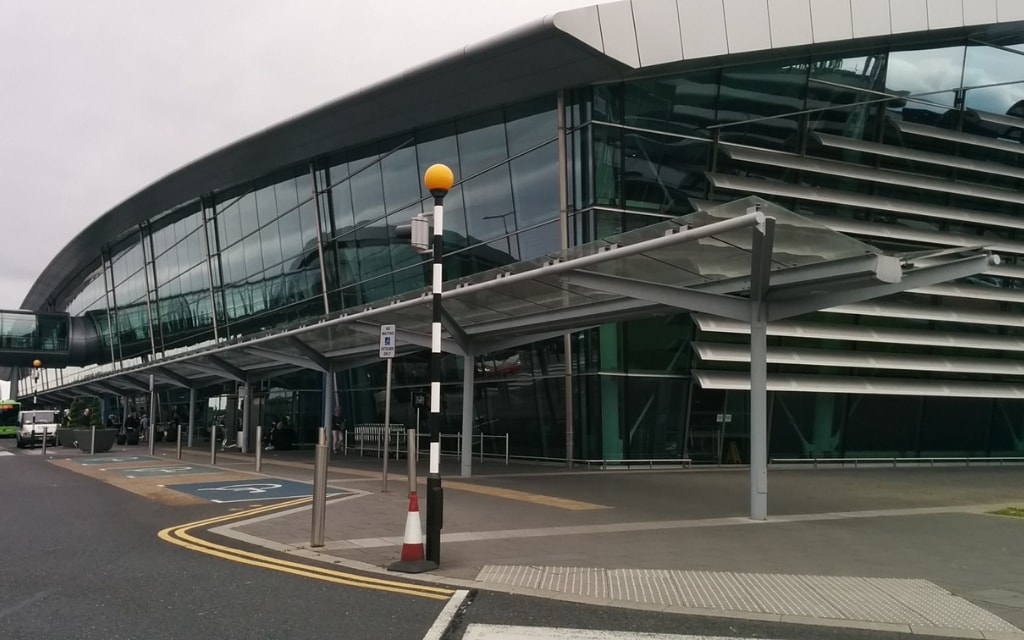
The city can then be reached in half an hour by Aircoach Bus 700, which stops at both terminals. It runs every 15 minutes throughout the day. It stops at several stations in the city including O’Connell St, Trinity College and St Stephen’s Green.
You can buy tickets online, from the driver at boarding, on the app or at the customer service centre at the airport. A one-way ticket costs €7 (children €3). I recommend buying a return ticket for 9 € (children 4 €). You will save significantly.
Hotels in Dublin 😴
Ferries from France and Great Britain
There are also ferries from the UK to Ireland. Ferries depart several times a day from Holyhead, which is located at the western tip of the UK (near Liverpool). Similarly, Liverpool has good ferry links with Dublin.
Several ferries a week also leave from Cherbourg in France. Check out the current ferries to Dublin at this link.
Buses and trains in Ireland
You can travel comfortably by bus and train across much of Ireland (including Northern Ireland). Buses and trains are reliable, cheap and environmentally friendly. Find the latest connections for the whole of Ireland (including prices and a map) here.
Dublin has 3 main train stations:
- Connolly station is located on the north bank, just minutes from the centre.
- Pearse Station is a short walk from St Stephen’s Green
- Heuston station is the largest. It lies west of the centre.
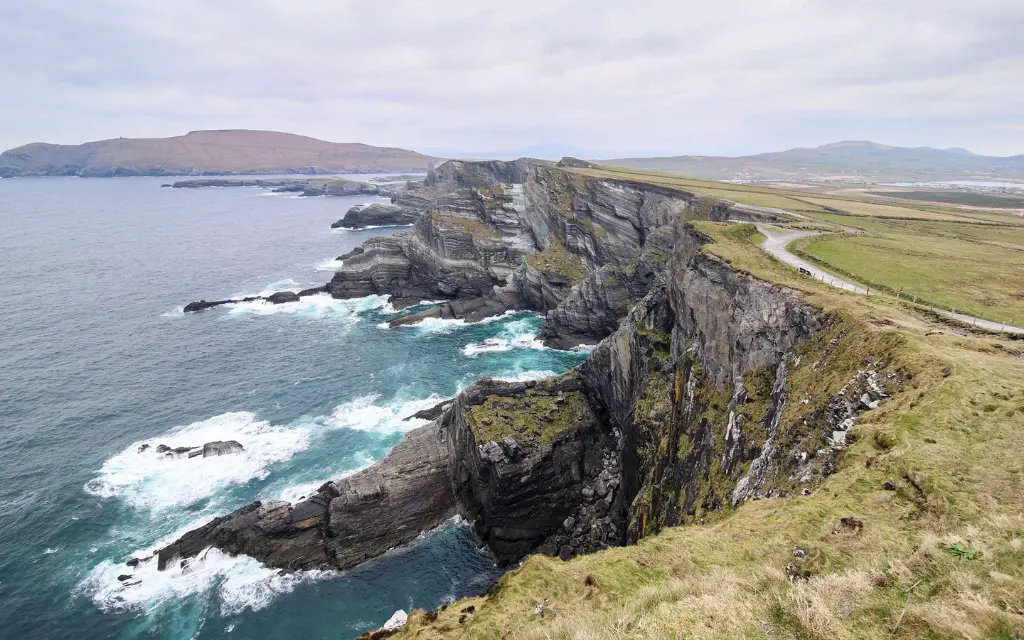
By car in Ireland
Within Dublin, I recommend using public transport. But for exploring around Dublin , a car is the most convenient way to experience Ireland. And Ireland has so many beautiful places, medieval castles and breathtaking countryside that are easily accessible by car.
For car rental we used Rentalcars.com. Just fill in the details and show your ID card when you collect it. The price also includes insurance and free cancellation. You can pick up your car at the airport or at several other locations in Dublin (the pick-up location is always written on the car).
Here’s a detailed guide on how to rent and drive a car in Ireland (prices, requirements, procedure, driving tips and what to avoid).
Dublin transport
The city centre and Greater Dublin are served by buses, Luas (trams), DART (coastal train) and the suburban railway.
Transport in Dublin is reliable and can take you virtually anywhere. You can use the TFI Journey Planner app to plan your route.
Download a map of public transport in Dublin (Aircoach 700, trams, DART, rail) here. You can find a map of the buses at this link.
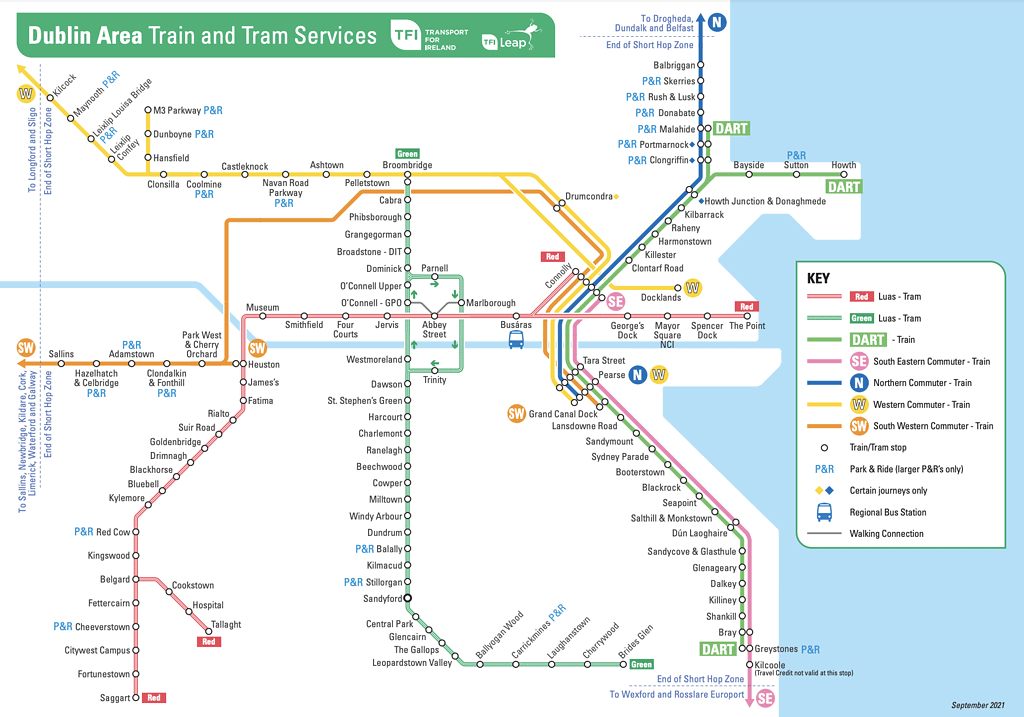
Buses and trams in Dublin
Bus transport is provided by 3 carriers. The same tickets apply for all of them. Buses run from 5:30-23:30.
The Luas tram lines are 2 (green, red) and connect the suburbs with the centre. It runs Monday-Friday 5:30-00:30, Saturday 6:30-00:30 and Sunday and holidays 7:00-23:00.
The route for DART runs along the coast, linking Howth to the north and Greystones to the south. It runs every 10-20 minutes between 6:00-00:00.
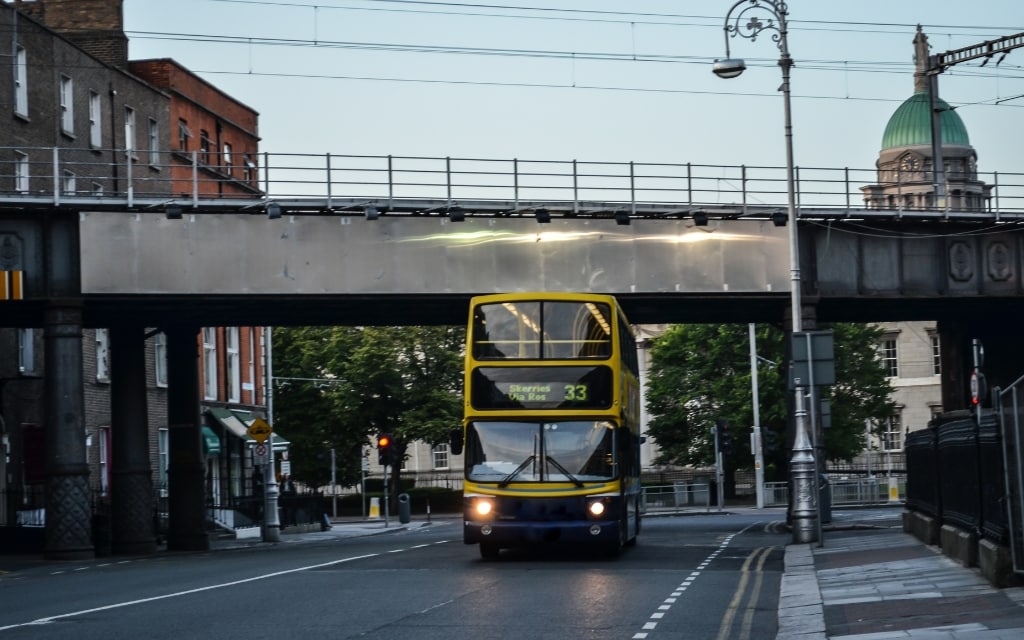
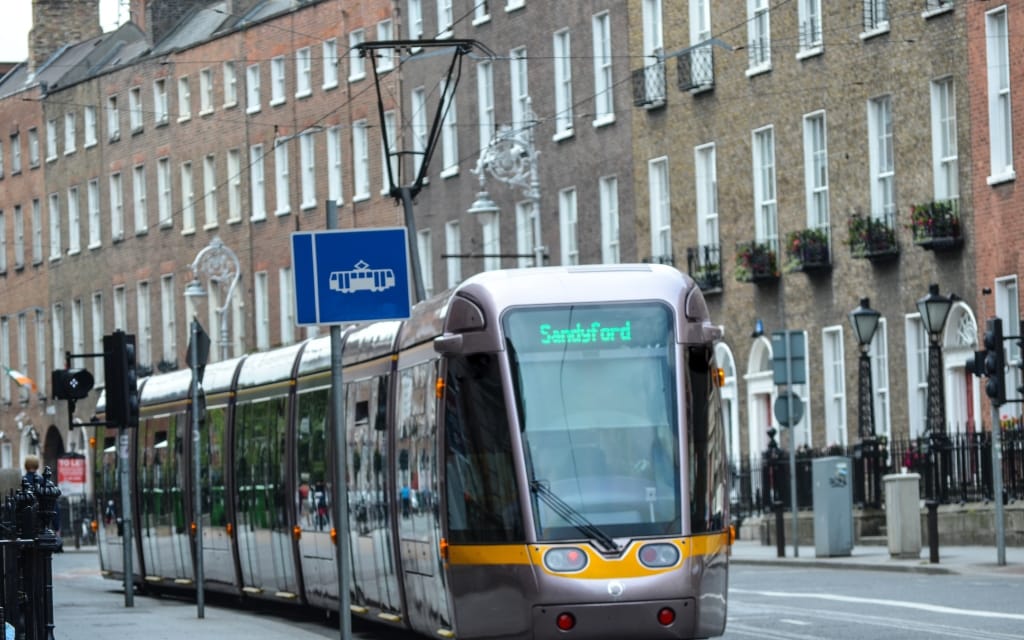
Types of tickets
The same tickets apply for all modes of transport (buses, Luas, DART). Prices vary depending on whether you buy single tickets from a ticket machine (or from the driver or ticket office) or whether you pay your fare with a Leap card. You will then pay fares in the range below:
- Short Zone (3 stops) 1,70 € / with Leap card 1,30 €
- Long Zone (over 13 stops) 2,60 € / with Leap card 2 €
You can buy tickets without a Leap card at vending machines at bus stops or stations (machines, ticket offices), or you can buy tickets at the train station. with the driver (note, cash only and you must have the exact amount as they do not refund).
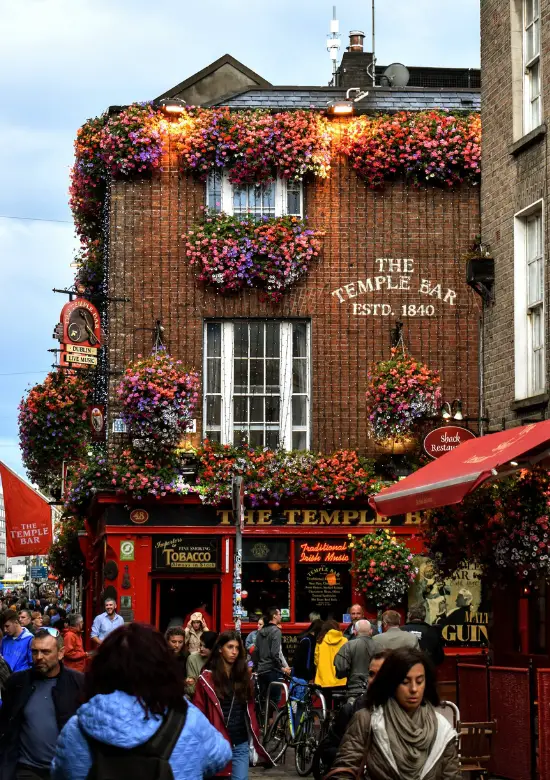
Leap Card
The Leap Card works in the same way as the Oyster Card in London. You buy the card for a fee of €5 (it will be refunded if you return the card), charge it with the required amount, and then just attach it to the turnstile when you ride (for Luas and DART, you also attach it when you get off). This will deduct exactly the amount you have travelled (and will definitely be less than with single tickets).
You can pre-load your Leap Card at a vending machine or via the app. You can pass a maximum of €8 per day, i.e. once you pass more than €8, you travel for free after that amount on that day. If you only take buses, the limit is €5.60. You can find a list of places where you can buy a Leap Card at this link.
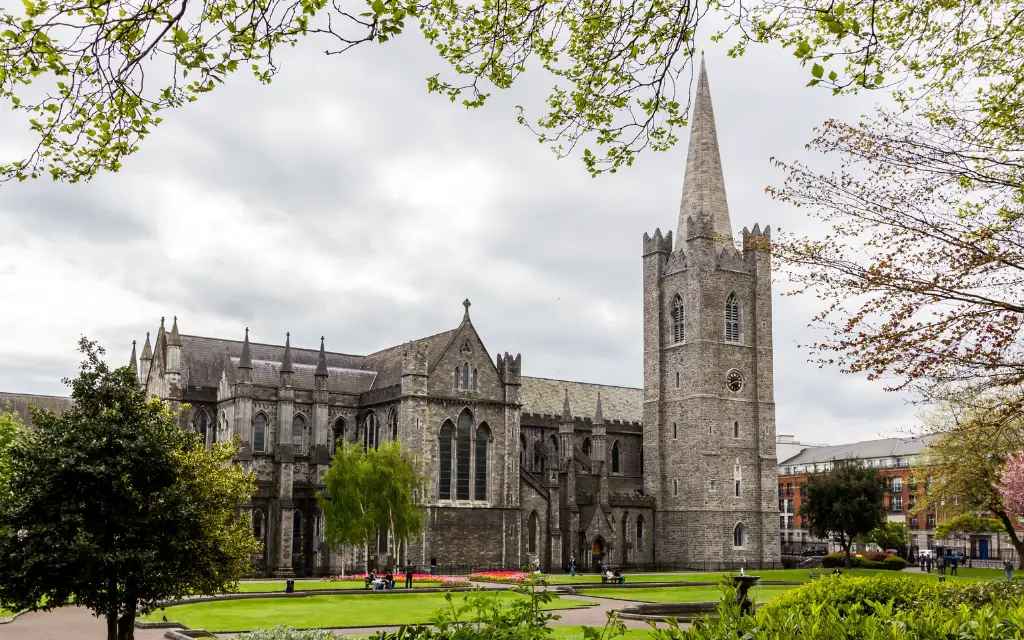
Leap Visitor Card
For tourists, the best option is the Leap Visitor Card (this is a different type of card than the regular Leap Card I wrote about in the previous paragraph).
The Leap Visitor Card includes unlimited travel around Dublin so you don’t have to worry about a thing. The price then varies depending on how many days you buy the Leap Visitor Card for – 24 hours for €8, 72 hours for €16 or 7 days for €32.
With the Leap Visitor Card you can travel on buses (not including the Aircoach from the airport), Luas and DART in the Short Zone. The Short Zone includes the whole of Dublin, including the Howth Peninsula and Greystones.
You can buy a Leap Visitor Card at the following locations:
- Information (Terminal 1 Arrivals)
- Spar (Terminal 2 Arrivals)
- WHSmith (Terminal 2 Arrivals)
- Dublin city centre in Dublin Bus at 59 Upper O’Connell St
Hotels in Dublin 😴
Hop-on hop-off buses
You can take a hop-on hop-off open-top bus tour of Dublin’s most beautiful sites. These run along a pre-selected route through well-known and lesser-known places you might not normally visit. You can get as far as Phoenix Park, which is further out of Dublin city centre.
You can get on and off the bus at any time. As many times a day as you need. Buses run frequently throughout the day. A complete list of stops can be found here.
It’s a great option if you want to get an idea of where things are in Dublin. Or, for example, if you are travelling with small children.
There are several carriers to choose from. Prices are approximately similar. I would recommend Do Dublin – friendly and fun staff who really care about making sure you enjoy the ride. If you are travelling with children, a child under 15 years of age is free with a standard ticket.
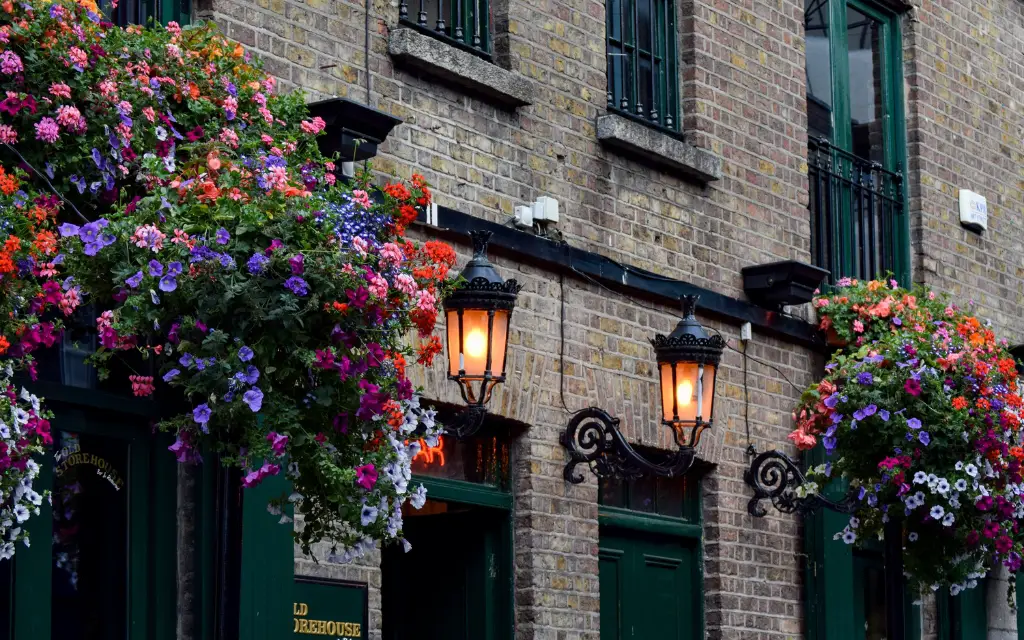
Taxi in Dublin
Only licensed drivers and cars can operate taxis in Dublin. It is forbidden to rent private cars here. That’s why Uber and Lyft don’t work here.
Do you use the Uber app? You can use it in Dublin, but instead of an Uber, you’ll get a regular taxi.
The official app for hailing a taxi is FREE NOW. It works great and fast. You can use it to choose a car, enter your credit card for payment in the car, call or book a taxi up to several days in advance.
The basic taxi fare is €3.80 (€4.20 between 20:00-8:00 and on Sundays) and €1.14-1.50 per kilometre (€1.45-1.80 in the evening and on Sundays).

How to rent a bike in Dublin
Dublin is not hilly and can be easily cycled. The best bike rental app is Dublin Bikes. You register before use and choose the type of tariff – 1-day, 3-day or annual bike rental. The price for renting a bike varies accordingly. The first 30 minutes are free.
You can rent a bike from a number of places in Dublin (see Dublin Bikes for a map). We’ve always used Google maps – just type in the name (in this case “dublinbikes”) and see the locations.
Dublin map
HOW TO USE THIS MAP: Above you will find a detailed map with tips on the best things to do in Dublin. Click at the top left of the map to see separate layers with highlighted locations. You can hide and show the different layers or click on the icons on the map to see the names of the places I mention in the Dublin guide. If you want to save the map, star it. For a larger version, click on the icon in the upper right corner.
If you have a question about transport in Dublin, ask in the comments below. Have a safe journey!
More information about Ireland
TRIPS AROUND DUBLIN: Get inspired by our tips for trips around Dublin.
THE BEST PLACES IN IRELAND: Check out 25 tips on things to do in Ireland.
RENT A CAR: Here’s a detailed guide on how to rent and drive a car in Ireland (prices, requirements, procedure, driving tips and what to avoid).
